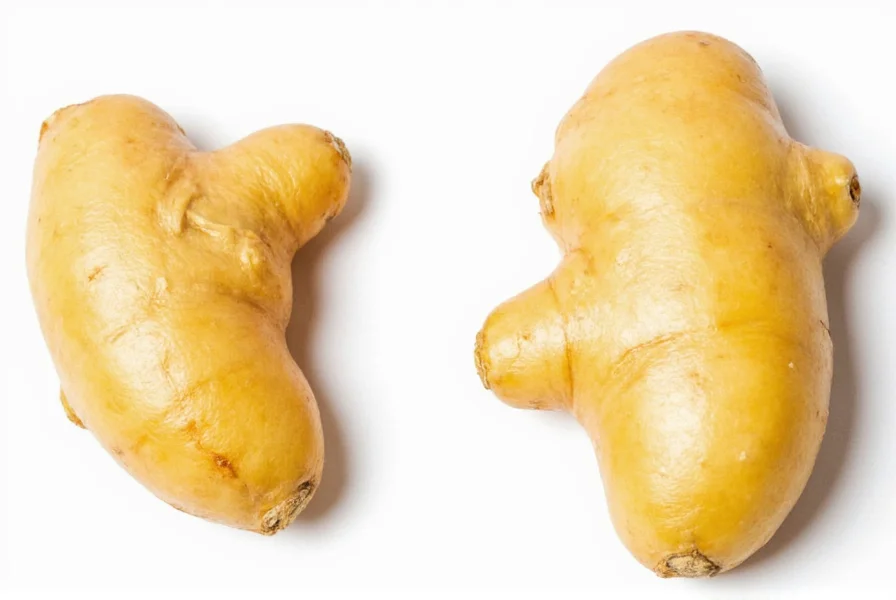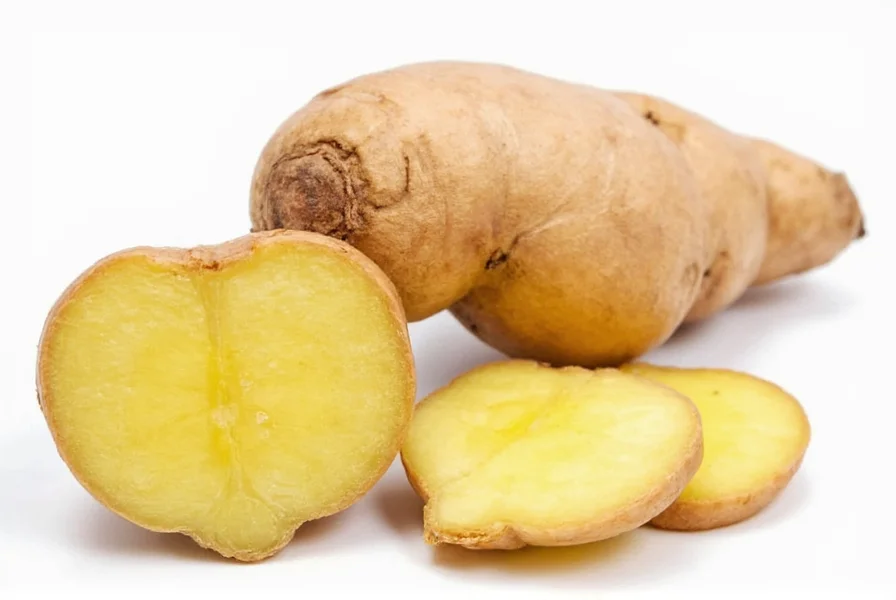Many home cooks and professional chefs wonder whether ginger skin should be peeled before use. This common kitchen question deserves a clear, evidence-based answer that considers both nutritional benefits and practical cooking considerations.
Nutritional Value of Ginger Skin
Ginger skin contains concentrated antioxidants and dietary fiber that offer distinct health benefits. Research shows the outer layer contains higher concentrations of certain bioactive compounds compared to the inner flesh. When you peel ginger, you lose approximately 10-15% of its total antioxidant capacity, particularly zingerone and shogaols which provide anti-inflammatory properties.
For those seeking maximum nutritional benefit from fresh ginger consumption, keeping the skin intact preserves these valuable compounds. This makes unpeeled ginger particularly valuable for:
- Immune-boosting teas and infusions
- Raw preparations like ginger shots
- Smoothies where texture isn't a primary concern
- Long-simmered broths that soften the skin
When to Peel Ginger Versus Keeping the Skin
Understanding when to peel ginger versus keeping the skin depends on several factors:
| Situation | Recommended Approach | Reason |
|---|---|---|
| Young, fresh ginger (thin skin) | Keep skin on | Thin skin blends well in most preparations |
| Older ginger (thick, fibrous skin) | Peel skin | Thick skin creates unpleasant texture |
| Non-organic ginger | Peel skin | Reduces potential pesticide exposure |
| Organic ginger | Can keep skin on | Lower contamination risk with proper cleaning |
| Finely grated applications | Keep skin on | Skin disappears when finely grated |
Proper Cleaning Techniques for Unpeeled Ginger
If you choose to eat ginger skin, thorough cleaning is essential. Follow these steps for safe consumption:
- Rinse ginger under cool running water
- Use a soft vegetable brush to gently scrub the surface
- For non-organic ginger, consider a vinegar solution soak (1 part vinegar to 3 parts water) for 15 minutes
- Rinse thoroughly again
- Pat dry before use
These cleaning methods effectively remove surface contaminants while preserving the ginger's integrity. For those concerned about ginger skin safety concerns, this process significantly reduces potential risks from soil bacteria or agricultural residues.

Culinary Applications and Texture Considerations
The decision to peel ginger often comes down to texture preferences in specific dishes. In many traditional Asian cuisines, chefs leave the skin on younger ginger varieties for certain preparations where texture isn't paramount.
Consider these culinary guidelines for using ginger skin in cooking:
- Teas and infusions: Keep skin on - it softens during steeping
- Smoothies: Keep skin on - high-speed blending eliminates texture issues
- Stir-fries: Peel older ginger - skin may remain tough
- Baking: Peel for finer texture in cakes and cookies
- Pickling: Keep skin on young ginger - adds visual appeal
Special Considerations for Different Ginger Types
Not all ginger is created equal when it comes to skin consumption. Understanding different types of ginger and their skins helps make informed decisions:
- Young ginger (spring ginger): Has paper-thin, tender skin that's completely edible. This variety works well unpeeled in most applications.
- Mature ginger: Develops thicker, tougher skin that may benefit from peeling in certain dishes.
- Blue Malaysian ginger: Features smooth, thin skin that's always edible.
- African ginger: Often has thicker, more fibrous skin requiring peeling.
When shopping for ginger, look for firm roots with smooth skin and minimal wrinkles. Younger ginger typically has a brighter color and feels more moist to the touch.

Environmental and Economic Benefits of Using Ginger Skin
Choosing to consume ginger skin aligns with sustainable kitchen practices. Food waste reduction has become increasingly important, and using the entire ginger root minimizes unnecessary disposal. For households on a budget, maximizing the usable portion of ingredients provides economic benefits.
Professional chefs increasingly embrace "root-to-stem" cooking philosophies, recognizing that many traditionally discarded parts contain valuable nutrients and flavors. Ginger skin fits perfectly within this sustainable approach to food preparation.
Final Recommendations for Ginger Preparation
Based on nutritional research and culinary best practices, here's a straightforward approach to ginger root skin preparation methods:
- For organic ginger: Clean thoroughly and use skin when texture won't be an issue
- For non-organic ginger: Peel unless using in long-simmered preparations
- With young ginger: Skin is almost always edible with proper cleaning
- With mature ginger: Peel for fine-textured dishes, keep skin for teas and infusions
Remember that personal preference plays a significant role. Some people simply prefer the smoother texture of peeled ginger in certain dishes, and that's perfectly acceptable from both culinary and nutritional perspectives.











 浙公网安备
33010002000092号
浙公网安备
33010002000092号 浙B2-20120091-4
浙B2-20120091-4